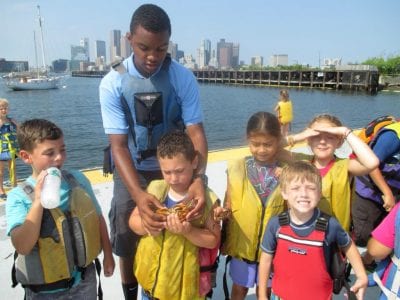I grew up on a farm, in the middle of nowhere, in rural Maine. So nature and the environment have always been concerns of mine ever since I was a young child, most the time completely subconsciously, but my parents raised myself and my other two siblings as what some would call “feral children”. We spent most of our time outside with animals and with dirt under our fingernails. The importance of our Earth was drilled into us at a very early age, especially the idea that we must care for it. Our little farm almost completely sustained my family through the spring and summer months. My father, who works in finance, constantly speaks about some economic downfall happening in the world. His words? “I’ve predicted the sky is falling for years and people just now started to look up”. So my childhood was built around the care for the environment and the economy.
My understanding of sustainability is the image of a circle. In a perfect world, waste from humans as a species would benefit other species, but that won’t work or be executed for a number of reasons. Sustainability, at this point to me, just means that we don’t make the environment or the economy any worse. At this point I think that’s the best we can hope for. We, as a generation, have been left a complete mess. Hopefully, we’ll figure out how to clean it up little by little; however, perhaps a major road block we face is the corporate greed that seems to blanket the earth. A small example of this is an article in Bloomberg which speaks about a Harvard study that determines the cost of Carbon capture centers as less, and more efficient, than the cost and efficiency of an electric car. This study has been conducted since 2015, but we’ve heard nothing of it. Why? Why have we been kept in the dark about something that could yield almost immediate results to our environment? The idea of sustainability needs to involve questions on our part. A lot of questions.
I honestly don’t believe that there will ever be a day where there will be zero waste, zero pollution, and so forth. I do think that there can be a drastic decrease however. Just like a lot of people who want to help the environment, my beliefs don’t always line up with my everyday rituals concerning what I eat and use. However, I’m really hoping that doing the math behind sustainability will embolden me into practicing sustainability in my life. My younger sister chose the picture… 










